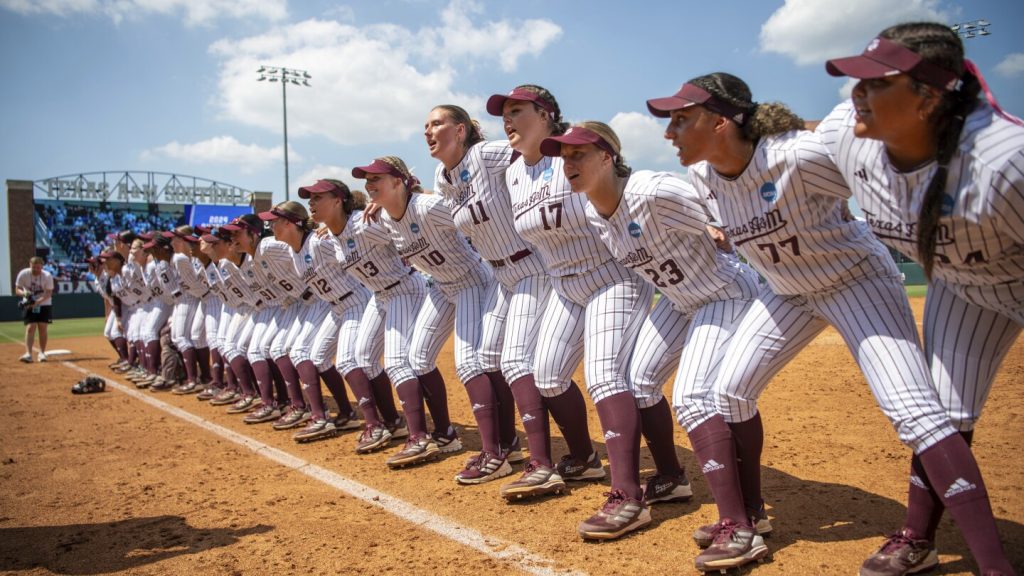A historic $2.8 billion settlement has been approved by the NCAA and the nation’s five largest conferences, marking a significant step towards a more professional model for college sports. This settlement, which still requires approval from plaintiffs and a federal judge, aims to provide damages to thousands of former and current college athletes who were restricted from earning endorsement money due to now-defunct NCAA rules. Additionally, it sets the groundwork for a revenue-sharing system that will impact hundreds of schools across the country as early as fall 2025. The original plaintiffs include former Arizona State swimmer Grant House and current TCU basketball player Sedona Prince. The exact amount each athlete will receive is yet to be determined and will involve a complex formula.
The Big Ten, Big 12, ACC, and SEC conferences are expected to make the largest investment going forward under the settlement, with a proposed revenue-sharing system that will allow schools to commit up to $21 million per year directly to athletes. This commitment, including damages, is estimated to be around $300 million per school over the next decade. However, the logistics of how this system will work and the rewriting of NCAA rules will take time to finalize. While schools are not obligated to make this financial commitment, failing to do so could put them at a competitive disadvantage.
The NCAA will cover 41% of the $2.77 billion total, with the major Division I conferences accounting for 24% and other college football conferences covering 10%. Conferences in the Championship Subdivision and non-football D-I conferences will also contribute to the settlement. The NCAA will use reduced spending, insurance, and reserve funds to cover approximately $1.2 billion of the total, while the remaining funds will come from money normally distributed to Division I schools that will now be withheld. This loss of revenue is a concern for many smaller schools and could impact their budgets.
One of the significant changes resulting from this settlement is a shift from traditional NCAA scholarship limits to using roster size to determine the number of athletes a school can have for a particular sport. This could potentially allow wealthier schools to provide financial benefits to even more athletes, creating a more competitive landscape. However, it may also prompt schools to rethink their investment in certain sports, leading to potential cuts in programs. Coaches like Florida softball coach Tim Walton express concerns about the impact on all sports programs across college campuses and the potential repercussions of the changes. The fear of dropping programs or sports due to financial implications is a prevalent concern among smaller schools.


